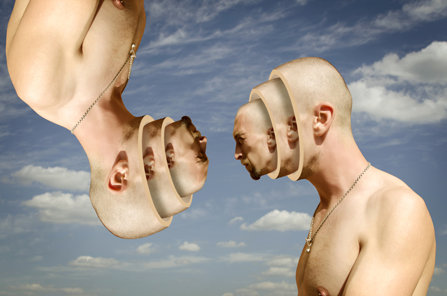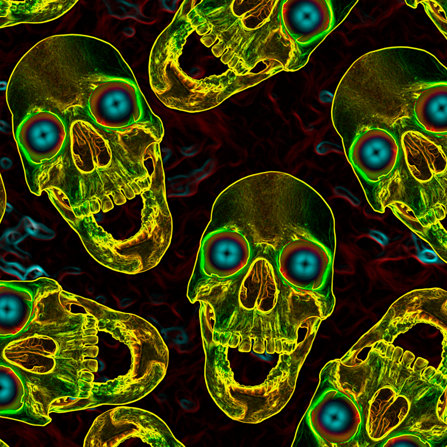LSD Addiction

Street names:
acid, dots, tabs, gel tabs, loony tunes, lucy in the sky with diamonds, blotter
First of all, what is a “club drug?”
A club drug is any drug commonly taken at dance clubs or raves. These drugs usually include LSD, GHB, Molly, and Ecstasy.
LSD is one of the older club drugs. It was developed in 1938 by chemist Albert Hofmann. It was experimented with by psychiatrists and psychologists from the 40’s through the 60’s, but no medical use was found for it. It got popular in the 1960’s when psychologist Timothy Leary famously encouraged students in America to “turn on, tune in, and drop out.” While this drug was being used recreationally, the US government was experimenting with it, using it as a chemical weapon.
Since it was popularized in the 1960’s, LSD has been used recreationally to produced vivid hallucinations in the user.
There is some contention as to whether or not LSD is addictive. The thing to realize with LSD—as with any potentially addictive substance—is that it depends how much of it you take and how often. It also depends on who takes it and what physical or mental effects they have.
It has been reported that in some cases that when a person is “coming down” from their “trip,” they can feel extremely depressed and unable to readjust to reality. This reaction often causes the person to take LSD again and again to avoid feeling this way.

Additionally, a user may have reached a “blissed out” state with LSD or had a profound hallucinogenic experience they would like to repeat. In these cases, a person will keep taking the drug and taking larger and larger doses as they build a tolerance.
Some of the more horrible effects of LSD are:
- “bad trip”—a time period of LSD-induced terror (can last up to twelve hours)
- temporary or permanent psychosis
- disassociation with reality
- depression
- flash backs
- accidental death during a trip
- suicide
Sources Used: